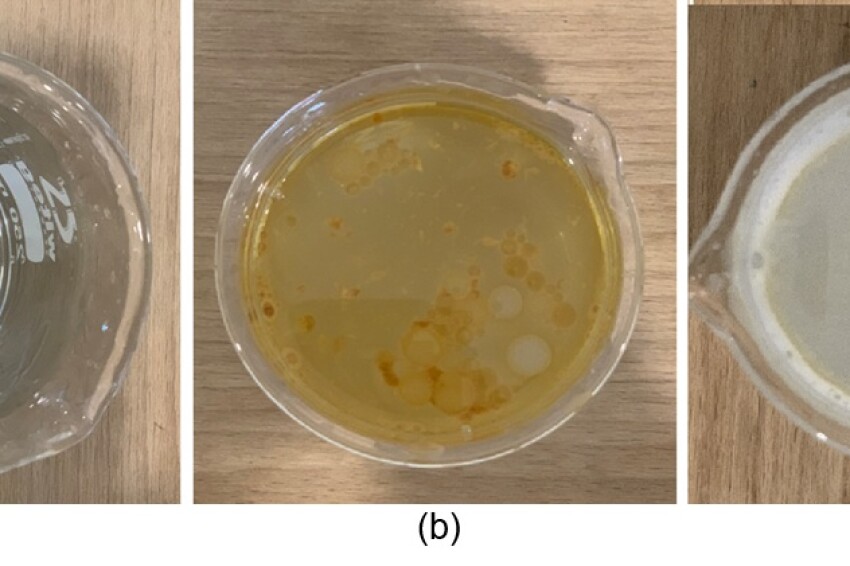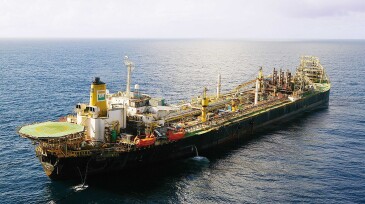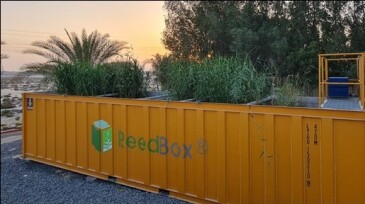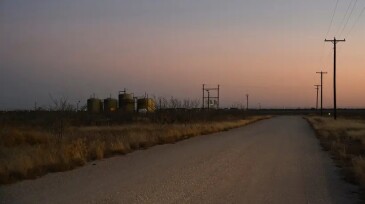Environment
This study presents the development of a biodegradable surfactant developed using principles of environmentally friendly chemistry from natural sources. The goal is to develop an effective and environmentally friendly surfactant that can emulsify and disperse oil to reduce its effects on marine environments.
This study ascertains the capital expenditure and operating expenditure associated with the reuse of existing facilities, specifically regarding a carbon capture and storage project being prepared in South Korea.
GeoMap Europe is the latest in a series of interactive global geothermal maps that combine large subsurface and surface data sets to highlight where geothermal resources and development opportunities are strongest for power, heat, cooling, and storage.
-
As the vessel moves toward a shipyard to be dismantled, the company said it wants to become a global reference in decommissioning, focusing on sustainability, safety, and care for people and the environment.
-
The International Energy Agency recently said the oil and gas industry is spending far too little on clean energy technologies.
-
Nature-based solutions, such as constructed wetlands, have gained increasing interest over the past decade as a sustainable option for wastewater treatment in the domestic, industrial, and oil and gas sectors, with a growing number of examples now existing throughout the UAE, Oman, and other oil-producing regions.
-
The 5.2-magnitude earthquake is tied for the fourth strongest in Texas history. It occurred in an area where oilfield companies have long been injecting waste water.
-
The memorandum of understanding aims to combine the efforts and expertise of both agencies.
-
SLB will deliver measurement plans for Eni aligned to the United Nations’ OGMP 2.0 reporting standards for methane emissions.
-
The Biden administration’s goal of deploying 30 GW by 2030 was always ambitious; recent challenges make this more difficult to achieve. Addressing some of the industry headwinds is not only important for the 2030 goal, but it will also set the stage for the longer-term industry.
-
The two companies will combine their software efforts to help measure, monitor, and report emissions.
-
In the US, localized opposition and regulatory uncertainty are threatening to kill or severely limit the use of carbon capture, use, and storage (CCUS) in the fight against climate change.
-
Declining costs to launch monitoring satellites, as well as artificial intelligence, which makes parsing terabytes of emissions data feasible, have given the oil and gas industry an emerging tool for environmental stewardship.













